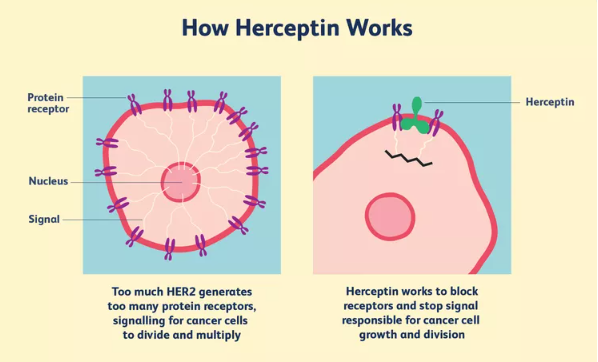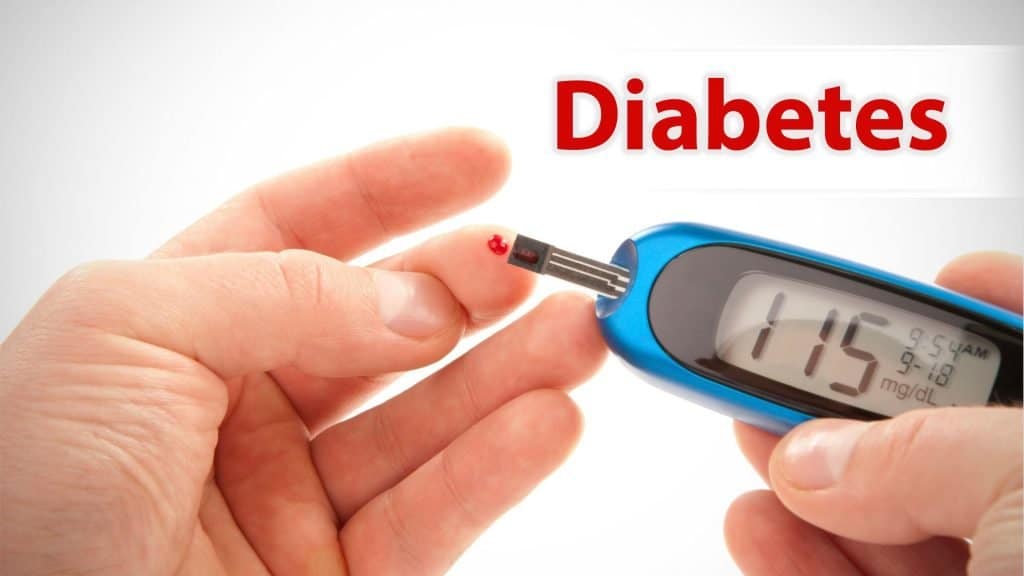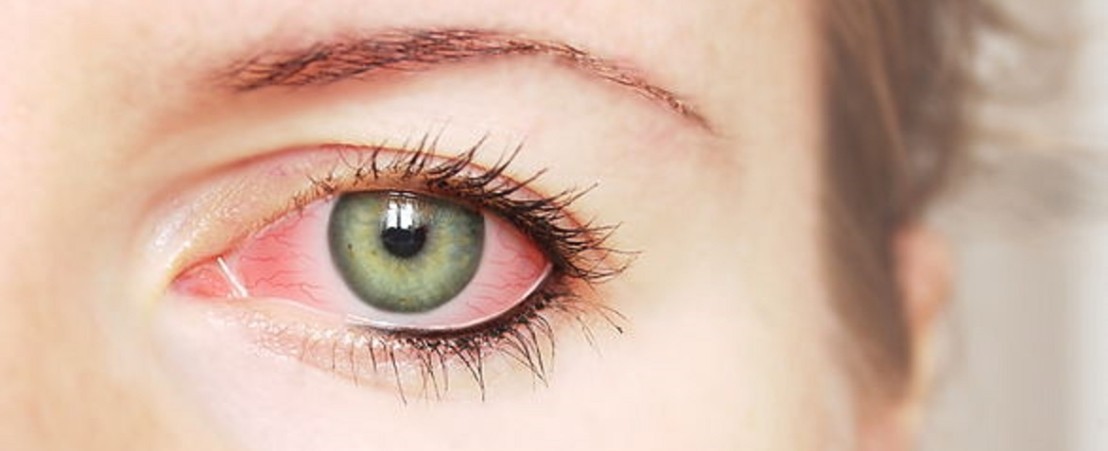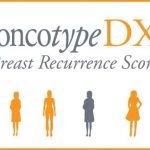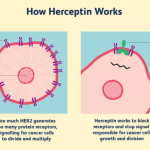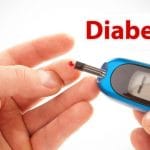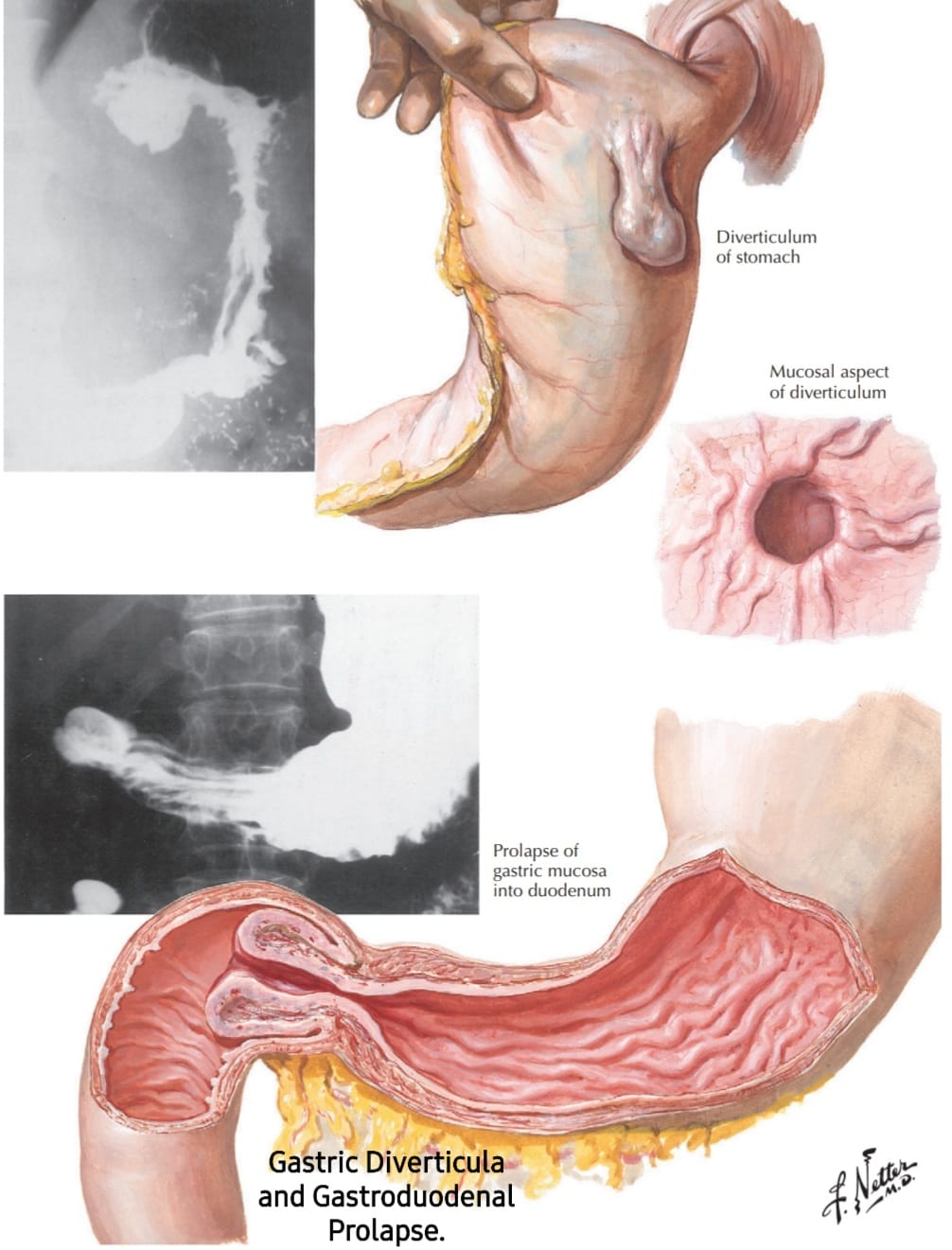Most Common Useful Mnemonics for the Medical Students are listed below. These mnemonics will help not only the medical students, but it will also help the medical personnel working in hospitals too. They are mostly from medicine, surgery, orthopedics, ENT, Opthalmology, Health Insurance, and so on.
Most Common Useful Mnemonics for the Medical Students
- Vascular – diseases caused by “vessel” (bleed or blocked) or anything related to hematology.
- Infectious / Inflammatory
- Traumatic / Toxic
- Autoimmune or allergy
- Metabolic
- Iatrogenic / Idiopathic
- Neoplastic
- Social – diseases caused by “social” reasons
- Alcohol – alcohol-related disorders.
- Behavioral – behavioral or psychosomatic disorders
- Congenital (the entire VITAMINSABCDEK could be applied as appropriate to tease out categories of congenital diseases)
- Degenerative / Drug related
- Endocrine or exocrine problems.
- Karyotype or genetic disorders.
Note that this is a rendition of VINDICATED MEN mnemonic.
Further Reading
ABCDE of Cirrhosis. The Child-Pugh score estimates cirrhosis severity. It is a prognosis tool.
- Albumin
- Bilirubin
- Coags – PT or INR
- Deluge (Ascites) – Drain the Ascites
- Encephalopathy
ACE Inhibitor (side effects)
CAPTOPRIL
- Cough/C1 esterase deficiency Contraindication
- Angioedema/Agranulocytosis
- Proteinuria/Potassium excess (hyperkalemia)
- Taste change
- Orthostatic hypotension
- Pregnancy contraindication (fetal renal damage)
- Renal artery stenosis contraindication
- Increase renin
- Leukopenia/Liver toxicity
Class III Antiarrhythmic
IS BAD
- Ibutilide
- Sotalol
- Bretylium
- Amiodarone
- Dofetilide
Medications (eg, digoxin, theophylline, SSRIs, antibiotics)
Emotional (eg, depression, anxiety)
Alcoholism, older adult abuse
Late life paranoia or bereavement
Swallowing problems
Oral factors (tooth loss, xerostomia)
Nosocomial infections (eg, tuberculosis, pneumonia)
Wandering and other dementia-related factors
Hyperthyroidism, hypercalcemia, hypoadrenalism
Enteral problems (eg, esophageal stricture, gluten enteropathy)
Eating problems
Low salt, low cholesterol, and other therapeutic diets
Social isolation, stones (chronic cholecystitis)
H.Pylori Treatment
Please Make Tummy Better
- Proton pump inhibitor (omeprazole)
- Metronidazole
- Tetracycline
- Bismuth
Lithium Side effects
LTH
- Leukocytosis
- Inspidus (nephrogenic diabetes insipidus)
- Tremor/Teratogenic (ebstein’s anomaly)
- Hypothyroidism
TRAUMA Post Traumatic Stress Disorder
- Traumatic event
Re-experiences
Avoids the situation
Unable to function / lack of interest in usual activities
Month or more of symptoms
Arousal is increased / Sympathetic arousal is increased.
Acute Pancreatitis
BAD HITS
- Biliary
- Alcohol
- Drugs (Corticosteroids, HIV drugs, Diuretics, Valproic acid..)
- Hypertriglyceridemia/Hypercalcemia
- Idiopathic
- Trauma
- Scorpion Sting
Cushing Syndrome
CUSHING
- Central obesity, Collagen fiber weakness, Comedones (acne)
- Urinary free cortisol and glucose increase
- Striae, Suppressed immunity
- Hypercortisolism, Hypertension, Hyperglycemia, Hypercholesterolemia
- Latrogenic (increased administration of corticosteroids)
- Noniatrogenic (Neoplasms)
- Glucose intolerance, Growth retardation
rom proximal to Distal, The brachial plexus consists of:
- R for Roots (C5-T1)
- T for Trunks (Upper, Middle and Lower)
- D for Divisions (Anterior and Posterior from each of the 3 trunks)
- C for Cords (Lateral, Posterior and Medial)
- B for Branches
Branches of the Roots (Rugby)
“She Looks Pretty Sexy & Rude”
- She for the Serratus anterior nerve (C5-C7)
- Looks for Longus Colli (C5-C8)
- Pretty for Phrenic (C4)
- Sexy for Scalene muscles (C5-C8)
- Rude for Rhomboids (C5)
Branches of the Trunks (Teams)
remember “SUB” (from substitutes, which TEAMS make)
- Sub-clavius (C5-C6)
- Suprascapular (C5-C6)
Branches of the Cords
Branches of lateral cord.
“Look Miss Look or LML”
- Look for Lateral pectoral (C5-C7)
- Miss for Musculocutaneous (C5-C7)
- Look for Lateral root of the median (C5-C7)
Kawasaki Disease
Crash and Burn
- Conjunctivitis (non-purulent)
- Rash
- Adenopathy (cervical and commonly unilateral)
- Strawberry tongue
- Hands (palmar erythema/swelling)
- Burn (fever lasting at least 5 days or more)
Complications of Myocardial infarction
DARTH VADER (from Starwars so watch the movie first)
- Death
- Arrhythmia
- Rupture (free ventricular wall, septum or papillary muscles)
- Tamponade
- Heart failure
- Valve disease
- Aneurysm of ventricle
- Dressler’s syndrome
- Embolism (mural thrombus)
- Recurrence/mitral Regurgitation
Acute Cardiac Tamponade – Beck’s Triad
3-D’s
- Distant heart sounds
- Decreased arterial blood pressure
- Distended Jugular Veins (JVD)
Multiple endocrine neoplasias
- Pituitary tumors
- Parathyroid tumors
- Pancreatic endocrine tumors (e.g. Zollinger-Ellison syndrome, Insulinomas, VIPomas, Glucagonomas)
- Parathyroid tumor
- Medullary thyroid carcinoma
- Pheochromocytoma
- Mucosal neuromas/Marfanoid habitus
- Medullary Thyroid Carcinoma
- Pheochromocytoma
PHEochromocytoma
- Palpitations
- Headache
- Episodic sweating (diaphoresis)
Crohn’s Disease
CHRISTMAS
-
- Cobblestones
- High temperature
- Reduced lumen
- Intestinal fistulae
- Skip lesions
- Transmural (all layers, may ulcerate)
- Malabsorption
- Abdominal pain
- Submucosal fibrosis
Nephrotic Syndrome
NAPHROTIC
- Na decrease (hyponatremia)
- Albumin decrease (hypoalbuminemia)
- Proteinuria >3.5 g/day
- Hyperlipidemia
- Renal vein thrombosis
- Orbital edema
- Thromboembolism
- Infection (due to loss of immunoglobulins in urine)
- Coagulability (due to loss of antithrombin III in urine)
Tabes Dorsalis Morphology
DORSALIS
- Dorsal column degeneration
- Orthopedic pain (Charcot joints)
- Reflexes decreased (deep tendon)
- Shooting pain
- Argyll-Robertson pupils
- Locomotor ataxia
- Impaired proprioception
- Syphilis
Myocardial Infarction Treatment
MOAN
-
- Morphine
- Oxygen
- Aspirin
- Nitroglycerine
Statin’s Side effect
think of their MOA (inhibition of HMG-CoA reductase)
- Hepatotoxicity
- Myalgia,
- Myositis,
- rhabdoMyolysis
Stevens Johnson Syndrome causing drugs PCP LAPSE
- Phenytoin
- Carbamazepine
- Phenobarbital
- Lamotrigine
- Allopurinol
- Penicillin
- Sulfadrugs
- Erythromycin
Tuberculosis Treatment
If you forget your TB drugs, You will die and might need a PRIEST
- Pyrazinamide
- Rifampin
- Isoniazid
- Ethambutol
- STreptomycin
Acute Respiratory Distress Syndrome Causes
ARDS
- Aspiration/Acute pancreatitis/Air or Amniotic embolism
- Radiation
- Drug overdose/DIC/Drowning/Diffuse lung disease
- Shock/Sepsis/Smoke inhalation
Autosomal Dominant Disorders Mnemonics
Very Powerful DOMINANT Humans
-
- Von williebrand disease / Von Hippel-Lindau
- Pseudo-hypoparathyroidism
- Dystrophia myotonica
- Osteogenesis imperfecta/Osler-weber-rendu
- Marfan syndrome
- Intermittent porphyria
- Neurofibromatosis
- Achondroplasia/Adult polycystic kidney disease
- Noonan syndrome
- Tuberous sclerosis
- Hypercholesterolemia
- Huntington’s disease
- Hypertrophic obstructive cardiomyopathy
- Hereditary spherocytosis
- Hereditary non polyposis coli
- Hereditary hemorrhagic telangiectasia
Generalized anxiety disorder WATCHERS
- WATCHERS
Worry
Anxiety
Tension in muscles
Concentration difficulty
Hyperarousal (or irritability)
Energy loss
Restlessness
Sleep disturbance
Fabry’s Disease
FABRY’C (replace S with C)
- Foam cells/ Febrile episodes
- Alpha galactosidase A deficiency/Angiokeratomas
- Burning pain in hands and feet “peripheral neuropathy”/Boys
- Renal failure
- YX genotype (Male, X-linked recessive)
- Ceramide trihexoside accumulation/Cardiovascular disease
Folic Acid deficiency causes
- Alcoholism
- Folic acid antagonists (e.g methotrexate, trimethoprim)
- Oral contraceptives
- Low dietary intake (e.g. excessive goat milk)
- Infection with giardia
- Celiac sprue
- Pregnancy/Psoriasis
- Old age
- Dilantin aka phenytoin
Tay Sach’s Features
TAY SACHS
- Testing recommended
- Autosomal recessive
- Young death (<4 years)
- Spot in macula (cherry red spots)
- Ashkenazi jews
- CNS degeneration
- Hex A deficiency
- Storage disease
Acute Intermittent Porphyria
6 P’s
- Porphobilinogen deaminase deficiency
- Pain in abdomen (most common, 95% of patients experience)
- Psychological symptoms (Anxiety, agitation, hallucination, hysteria, delirium, depression)
Felty’s Syndrome
SANTA
- Splenomegaly
- Anemia
- Neutropenia
- Thrombocytopenia
- Arthritis (Rheumatoid)
Multiple Myeloma Signs and Symptoms
CRAB
- Calcium elevation
- Renal impairment
- Anemia
- Bone (bone pain, lytic lesions, fractures)
